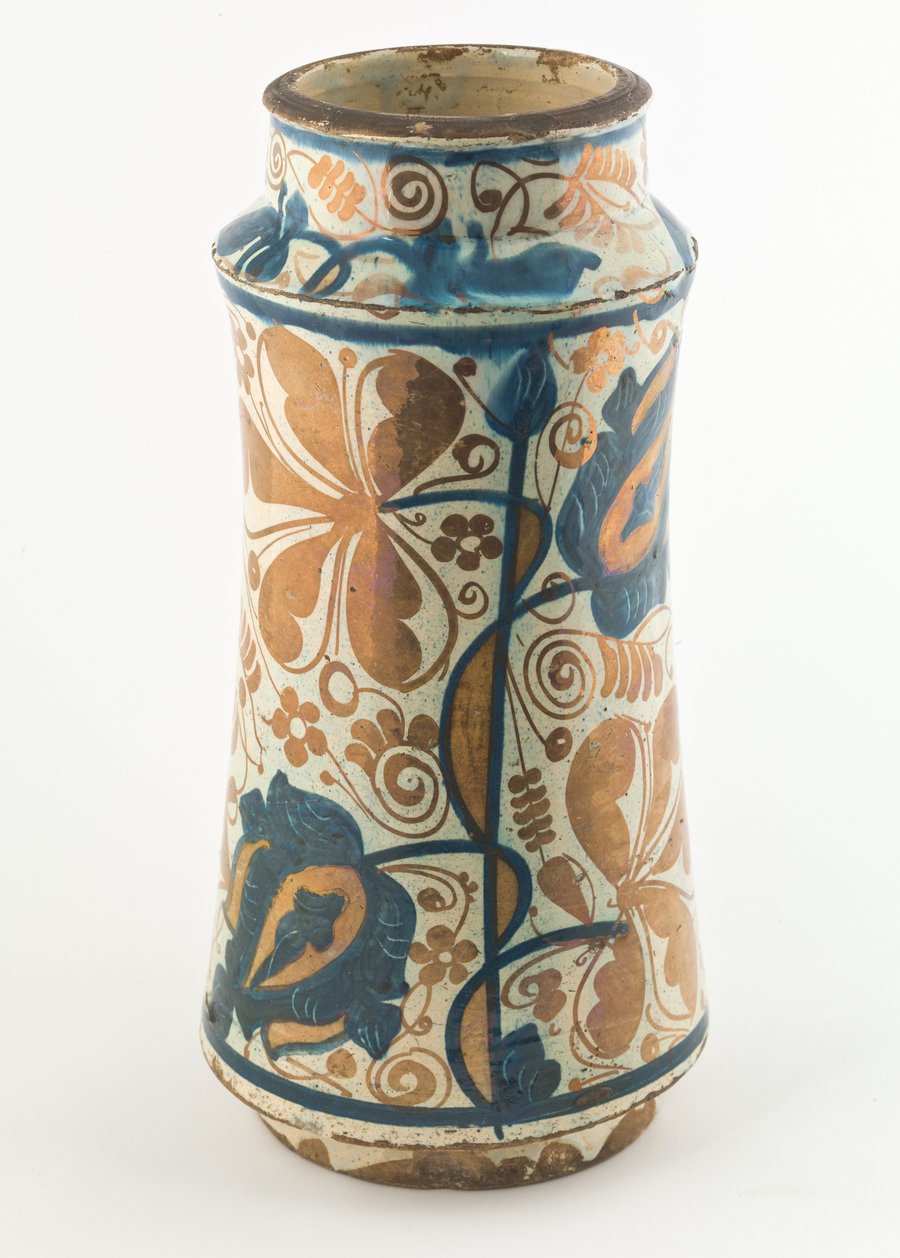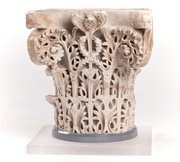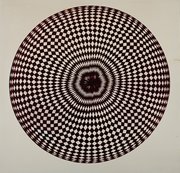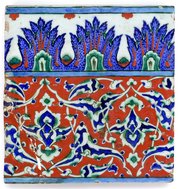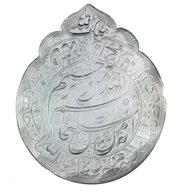
Lustred Albarello
Museum of Islamic Art
- Title:
- Lustred Albarello
- Production place:
- Manises
- Date:
- 1435 - 1460
- Period:
- Kingdom of Castile and Leon
- Title:
- Lustred Albarello
- Production place:
- Manises
- Date:
- 1435 - 1460
- Period:
- Kingdom of Castile and Leon
- Material:
- Earthenware, Glaze, Pigment, Lustre
- Technique:
- Glazing, In-glaze painting, Lustre painting
- Dimensions:
- 29.2 cm
- Diameter:
- 14.2 cm
The albarello (pl. albarelli), a type of jar used to store various products, was originally used as a medicinal jar designed to hold apothecaries’ ointments and dried herbs. Albarelli are designed with different types of motifs but are characterised by their cylindrical shape with a narrow waist, sloped shoulders and everted mouth, that would make it easy to handle from a shelf. First produced in Central Asia, Iran and the Near East, they were introduced to Spain and Italy from Egypt and Syria through trade. Craftsmen especially from Seville and Valencia began mass producing these jars from the 8th century AH/14th century onwards. This example features blue and brown vegetal motifs dominated by large blue and brown palmettes and lotus-like flowers.
